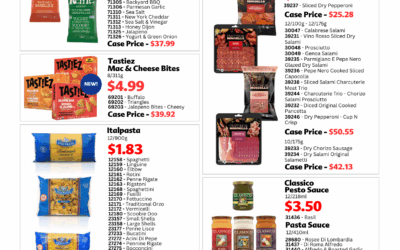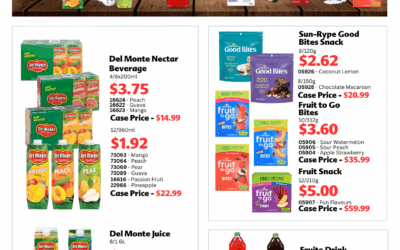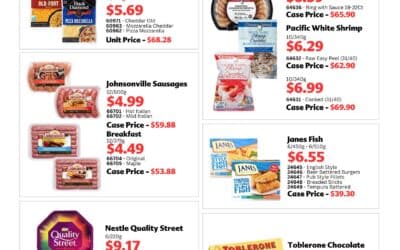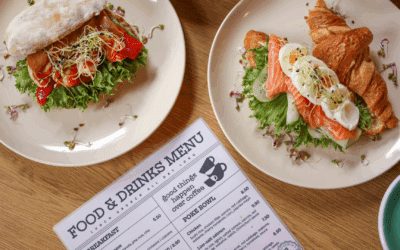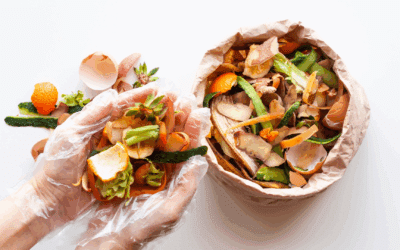We are living and eating in a millennial world.
Thanks to the largest consumer demographic (those born in the early 1980s to 2004) we have seen major shifts in the way food is ordered, prepped, and consumed over the last few years. It shouldn’t come as a surprise that the biggest cuisine trends on the rise, all have one thing in common – food accessibility has moved online.
Easy at Home
Millennials are finishing up their degrees and diplomas and entering the workforce with an appetite to get ahead. Their time is precious, and they want dinner on the table without all the preparation before and the mess after. A 2017 Food and Health Survey determined that 55% of millennial shoppers opt for convenience in determining what’s on their plate. Enter, the rise of delivery meal kits, groceries and takeout. All ordered with a couple of clicks on that extension of the hand, known as a smartphone.
Shareable Food
You don’t need to break bread around the table to share a meal with friends anymore. You can simply snap a picture and post it to your story, but it needs to look good. With millions of food pictures being shared each day, if a product is easy to Instagram it’s going to be cooked, clicked and maybe even actually consumed by the millennial crowd. Worth noting that this is also how this generation is finding the food they consume, so food providers are wise to put themselves and their product in front of the lens, maybe with a catchy hashtag attached.
Conscious Consumption
Those that make up this demographic are getting married and starting families and are concerned about the world they are leaving for the next generation. Choice making goes beyond reading the list of ingredients, to looking for key words such as organic, sustainable, and locally sourced. This generation of shopper wants to know not just the products impact on their body, but also on the land and animals. The rise of documentaries and series to binge on Netflix is an undeniable force driving this shift. The consumer knows more, so they want to do more with what they decide to eat and drink. Canada’s government recognized this shift this past Summer by making a number of alterations to the Food Guide.
Snack Attack
The on-the-go 18 to 30 something is eating more than 3 meals a day. In fact, snacking now accounts for 50% of all eating. It’s simply more convenient to eat on the go, between appointments, or while multitasking. Snacking itself has changed from junk food to healthy alternatives. Snackers are reaching for fresh fruits and vegetables, healthier options and smaller portions, more frequently. Snackers are grabbing up convenience that is ready at their fingertips to pack and get going again.
To keep up with the times, food brands need to revisit some of the traditional methods that have “always worked.” Make it easy, make it accessible, make it post-worthy, make it sustainable. Make it millennial.


